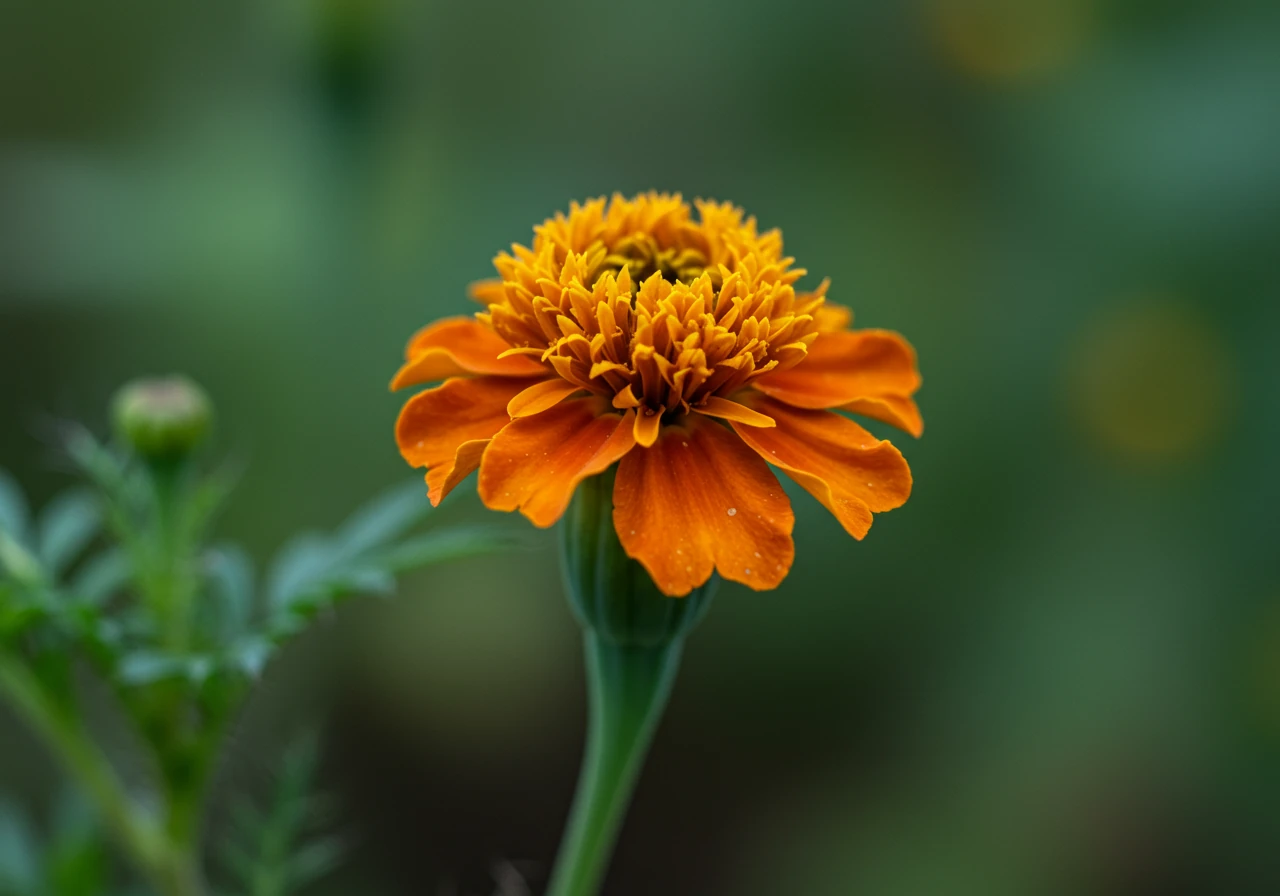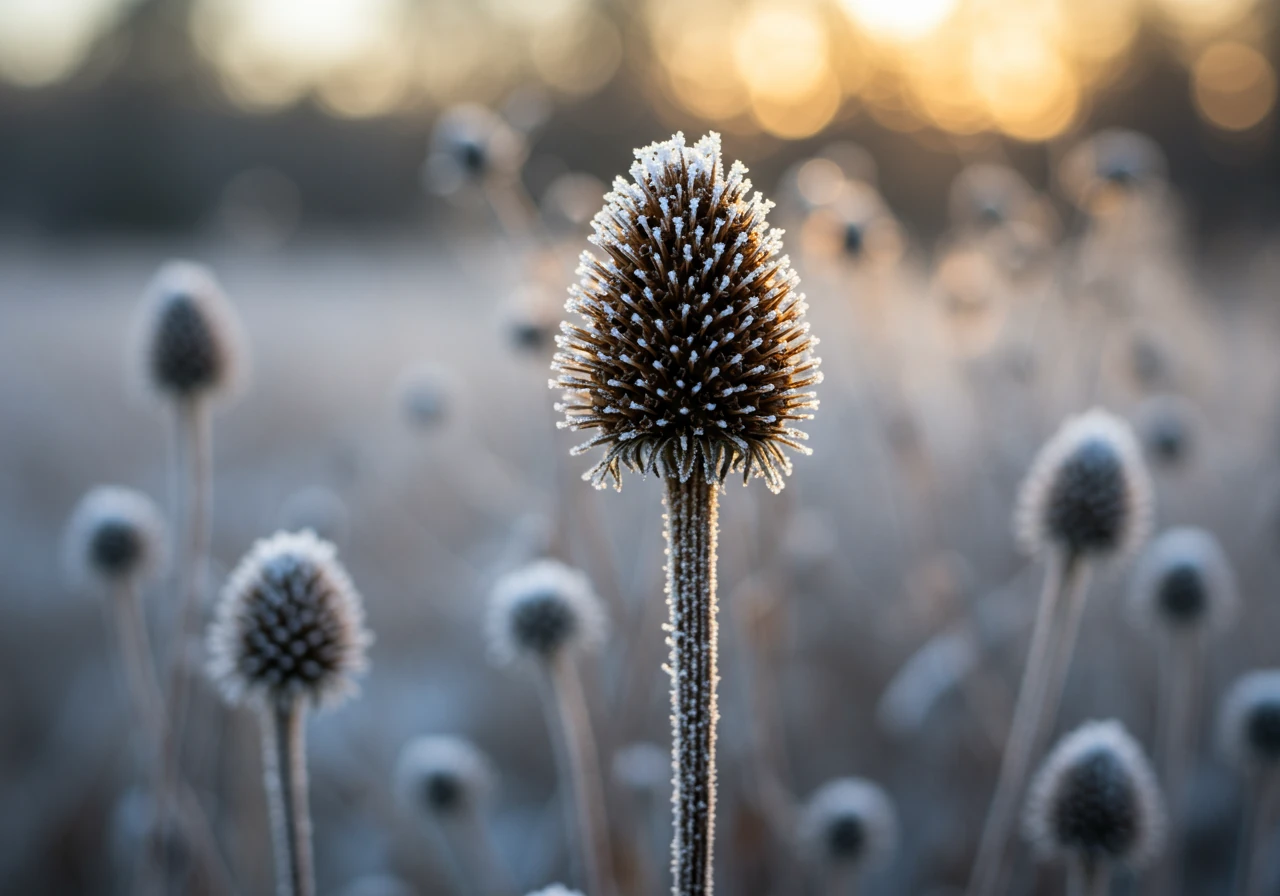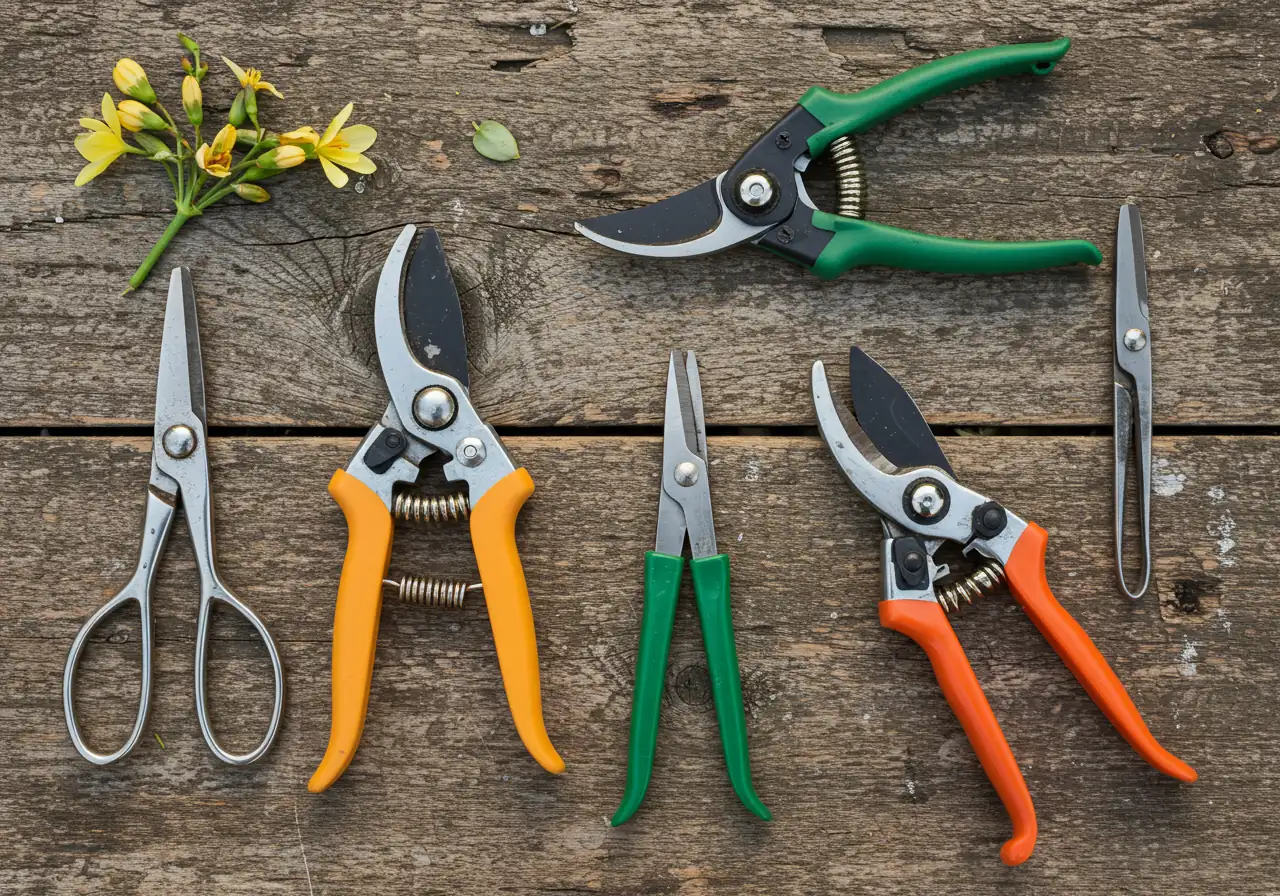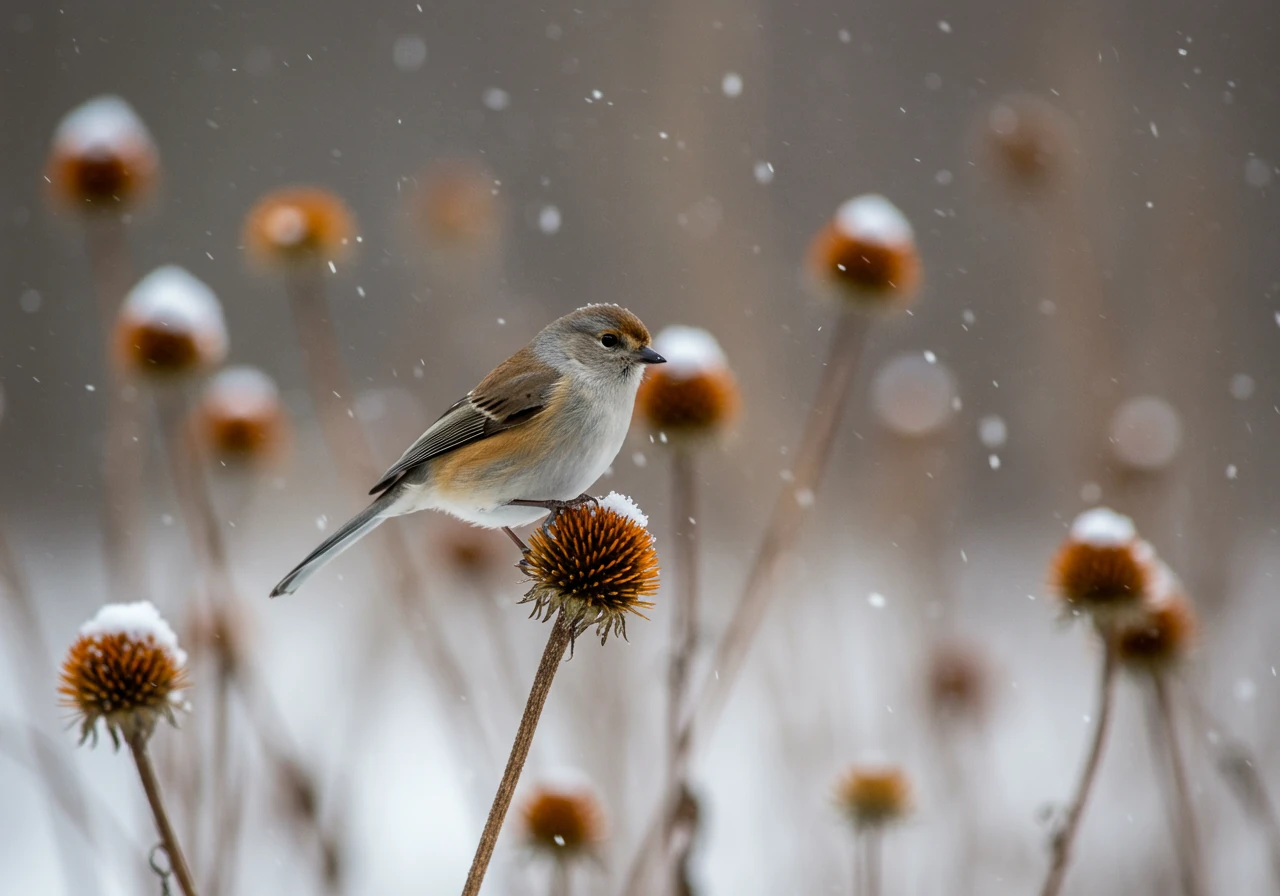Russell: Maximize Summer Blooms with Pro Deadheading Tips
Hello Russell! Ready to make your gardens the talk of the town (in a good way, of course!) all summer long? Need help keeping those blooms vibrant? Request a free quote today!
Quick Guide to More Summer Flowers:
- Deadheading (removing faded blooms) tricks plants into flowering more.
- Focus on annuals (petunias, marigolds) and repeat-blooming perennials (salvia, coreopsis).
- Use fingers, snips, or shears to cut stems back to a leaf or bud.
- Deadhead regularly from early summer through late summer.
- Leave some seed heads (coneflowers, sedum) for winter interest and wildlife.
- Compost spent blooms to enrich your soil.
We know that here in the greater Ottawa area, we cherish every single sunny day and want our yards looking their absolute best. Getting continuous, vibrant colour from your flowering plants from June right through to September can feel like a tricky landscaping puzzle, especially with our unique growing season. Consider visiting the City of Ottawa's gardening resources for local climate tips.
But what if I told you there's a simple gardening trick that works wonders? It’s called deadheading, and honestly, it's like giving your plants a little pep talk to keep producing those gorgeous blooms. Think of it as tidying up faded flowers so your plants have the energy for an encore performance – more flowers, for longer! This isn't some complex secret known only to master gardeners; it's practical magic for anyone wanting non-stop flower power in their garden beds and containers. For insights from local experts, check out the Master Gardeners of Ottawa-Carleton.
And hey, while we're chatting specifically with Russell, our neighbours in nearby communities like Embrun and Greely can definitely benefit from these tips too! Let's get started on keeping those beautiful flowers coming all season long.
What Exactly Is Deadheading? (And Why Your Flowers Will Thank You!)
Okay, let's get down to the nitty-gritty!

Deadheading sounds a bit dramatic, maybe even a little grim, doesn't it? Like something out of a medieval gardening manual. But relax, no flowers are actually harmed in a way they won't appreciate! In simple terms, deadheading is just the fancy gardening word for removing faded or dead flower heads from a plant. Think of it like giving your flowering plants a little tidy-up and a gentle nudge to keep the floral show going.
So, why bother snipping off those spent blooms? It all comes down to plant priorities. A flower's main goal in life (after looking pretty for us, of course) is to produce seeds for the next generation. Once a flower starts to fade, the plant thinks, "Job done!" and shifts its energy from making new flowers to developing those seeds.
Deadheading basically interrupts this process. By removing the old flower head before it makes seeds, you trick the plant. It thinks, "Oops, didn't make seeds yet, better try again!" and channels its energy back into producing more glorious blooms. It’s like telling your petunias, "Nope, not done yet! More flowers, please!"
The benefits for your garden, whether you're in Barrhaven, Greely, or anywhere across the Ottawa region, are fantastic:
- More Flowers, For Longer: This is the big one! Many annuals and perennials will reward your snipping efforts with wave after wave of new blooms, extending their flowering season significantly.
- Tidier Gardens: Let's be honest, spent, browning flowers aren't the prettiest sight. Deadheading keeps your garden beds and containers looking fresh, clean, and vibrant. It’s part of keeping your entire yard looking sharp, much like following secrets to perfect Russell lawn care keeps the green bits tidy. Healthy lawns complement blooming flowers, consider our lawn care services for a complete look.
- Healthier Plants: By removing decaying flowers, you reduce the chances of fungal diseases taking hold. Redirecting energy to flowers and leaves instead of seeds is also a fundamental aspect of good preventative plant healthcare. Tidying up spent blooms also prevents potential disease issues later, fitting nicely with your overall Russell homes fall care and winter prep routine.
- Prevents Unwanted Guests (Seeds!): Some plants are very enthusiastic self-seeders. Deadheading stops them from spreading seeds everywhere if you prefer to keep them contained.
It helps to keep track of which plants responded best to deadheading, maybe even jotting it down in a Russell summer garden log for next year. It’s a simple task with big rewards! And hey, if deadheading regularly feels like too much on your plate, remember that professional garden maintenance services can handle it for you, keeping your flowers blooming beautifully all season long. You can find us easily on Google for local service details.
Not All Blooms Are Created Equal: Knowing What and When to Snip
Okay, so we've established that deadheading is pretty neat for getting more flowers. But hold your snips! Not every plant in your Russell garden appreciates this kind of attention. Some flowers are one-hit wonders, and others actually look great after their main blooming season. Knowing the difference is key to smart gardening and avoids wasting your time – or accidentally snipping off something cool!

Think of it like this: some plants are marathon runners, ready to bloom again and again with a little encouragement (that’s your deadheading!). Others are sprinters; they give one spectacular show, and then they're done blooming for the year.
The Deadheading All-Stars (Snip Away!)
These guys generally respond really well to having their spent flowers removed. They’re the eager performers who just want to keep the show going.
- Most Annuals: This is where deadheading really shines. Plants like petunias, marigolds, zinnias, geraniums, and snapdragons are programmed to produce seeds quickly. Snipping off the faded blooms tells them, "Not so fast!" and encourages more flowers all summer long. Keeping these tidy is a big part of general garden maintenance.
- Many Repeat-Blooming Perennials: Lots of perennials in the Ottawa area will give you a second (or even third!) flush of flowers if you deadhead them after the first round. Think about:
- Salvia (some varieties)
- Coreopsis (Tickseed)
- Shasta Daisies
- Delphiniums (often give a smaller, later bloom)
- Yarrow (Achillea)
- Daylilies (individual flowers, not the whole stalk usually unless all are done)
Regularly tidying these plants keeps your garden beds looking sharp, much like proper mulching and edging techniques define the space. If you're designing new flower beds, considering plants that benefit from deadheading is useful information during the garden bed installation planning phase.
The "Leave Me Be" Crew (Put the Snips Down!)
Some plants either don't rebloom significantly after deadheading, or their spent flower heads/seed pods add interest later in the season.
- Single-Flush Perennials: Plants like Peonies and Astilbes give one glorious show, and that's it for flowers that year. Deadheading won't magically make more blooms appear. You can tidy them up for neatness if you like, but it won't stimulate more flowers.
- Plants Grown for Seed Heads: Some plants offer fantastic winter interest with their dried seed heads, especially lovely against snow in places like Manotick or Nepean. Good examples include:
- Sedum (Autumn Joy is a classic)
- Echinacea (Coneflower) – Birds love the seeds too!
- Ornamental Grasses
- Some Shrubs: Many flowering shrubs like lilacs or rhododendrons bloom on old wood and set buds for next year shortly after flowering. Deadheading isn't usually necessary unless you're just tidying.
Knowing which is which helps manage your gardening tasks efficiently. It's all part of the bigger picture of keeping your yard looking great, which might sometimes involve a more thorough Russell yard cleanup service for larger tasks. And remember, different gardens have different needs – understanding your specific plants is key. At Clean Yards, we tailor our comprehensive landscaping services to exactly what your garden requires, always keeping your preferences in mind (we value your input just like we value your privacy – you can review our commitment to your privacy here).
So, before you go snipping wildly, take a moment to identify your plant. A quick search online or checking the plant tag usually tells you if it benefits from deadheading. Happy snipping (where appropriate)!
The Art of the Snip: Your Step-by-Step Deadheading Guide
Okay, let's roll up our sleeves and dive into the satisfying snip-snip of deadheading! It sounds technical, but trust me, it’s one of the easiest ways to keep your garden looking like a million bucks (without spending it!). Think of it as giving your flowering plants a little spa day – trim off the old, encourage the new. Here’s your step-by-step guide:

Step 1: Gear Up (But Keep it Simple!)
You don't need a high-tech gadget emporium for this. Your basic deadheading toolkit includes:
- Your Fingers: Seriously! For many soft-stemmed flowers, your trusty thumb and forefinger are the perfect tools. Quick, easy, and always handy.
- Sharp Hand Pruners or Snips: Essential for woodier stems or thicker flower stalks. Sharp is the key word here. Clean cuts heal faster and are less stressful for the plant. A quick wipe with rubbing alcohol between different plant varieties is also smart gardening hygiene to prevent spreading unseen issues. We believe in taking care, whether it's your plants or your personal information - similar to the care outlined in our commitment to your privacy here and terms of service. Investing a little in decent tools often pays off, much like thoughtful landscape material selection impacts the final look and longevity of your garden project.
- Garden Shears: Like scissors for your plants! These are great for plants that produce masses of small flowers all at once.
Step 2: Know Your Snip Technique
The best way to snip depends on the plant:
- The Pinch: Ideal for tender annuals like petunias, marigolds, or coleus (if you let it flower). Gently pinch or snap off the faded flower head and its little stem, right back to the first set of healthy leaves below it. It encourages branching and more blooms!
- The Cut: For plants with individual flowers on noticeable stems (think roses, zinnias, daisies, coneflowers, daylilies). Follow the stem down from the spent bloom. You want to cut it back to just above a healthy leaf node (where a leaf joins the stem), a lateral bud (a little nub ready to grow), or even back to the main stem if there are no obvious growth points higher up. Don't leave a long, awkward stem sticking out – it doesn't look great and the plant won't use it. Aim for a clean, slightly angled cut.
- The Shear: Perfect for mounding or mat-forming plants covered in tiny flowers (like sweet alyssum, lobelia, creeping phlox, or some coreopsis varieties). Once the first big wave of flowers starts to fade, take your garden shears and give the whole plant a light "haircut," trimming off the top inch or two – faded flowers, stems, and all. This feels drastic, but it often stimulates a fantastic second bloom, keeping those edges neat in gardens from Barrhaven to Greely. This technique complements services like our City Garden Maintenance Service.
Step 3: Tidy Up Time!
Don't just snip and drop! Gather all the faded flower heads as you go. Toss them into your compost bin (as long as they don't show signs of disease) or into your municipal green bin. This prevents spent blooms from decaying on the plant or soil, which can invite pests or fungal problems. Keeping things tidy is a continuous part of gardening. If the task list grows too long, remember that help is available, whether it’s for general sprucing with an Ottawa garden clean up service or more extensive work requiring a full Ottawa property cleanup service. Even smaller communities have options; for instance, residents near Marionville can look into a dedicated Marionville garden clean up service, while those in Metcalfe might need a Metcalfe property cleanup service.
And that’s the art of the snip! A few minutes spent deadheading here and there makes a huge difference in keeping your Ottawa garden vibrant and blooming all season long. Happy snipping!
Maximizing Annual Blooms
Annuals like Petunias, Marigolds, and Zinnias benefit greatly from frequent deadheading. Since their life cycle is short, their main goal is seed production. Removing spent blooms redirects energy into creating more flowers.
- Technique: Pinching or snipping individual faded flowers and their stems back to the nearest set of leaves.
- Frequency: Every few days during peak blooming season.
- Benefit: Continuous colour throughout the summer until frost.
Encouraging Repeat Perennial Flowers
Many perennials (like Salvia, Coreopsis, Shasta Daisies) will offer a second or even third flush of blooms if deadheaded after their first flowering period.
- Technique: Cut the flower stalk down to a set of healthy leaves or basal foliage. For plants with multiple flowers on one stalk (like Daylilies), remove individual spent flowers first, then the whole stalk once all are done.
- Frequency: After the main bloom period fades.
- Benefit: Extends the blooming season and tidies the plant.
Leave These Blooms Alone!
Not all plants need or benefit from deadheading. Knowing when *not* to snip is just as important.
- Single-Flush Perennials: Peonies, Astilbes – deadheading won't produce more flowers.
- Plants for Winter Interest/Wildlife: Sedum (Autumn Joy), Echinacea (Coneflower), Ornamental Grasses – their seed heads provide structure and food.
- Self-Seeding Plants (If Desired): If you want plants like Forget-Me-Nots or Columbine to spread, let them go to seed.
Consider these needs when planning your garden installation.
Timing is Key: A Deadheading Calendar for Your Russell Garden
Timing is everything, right? Ask any comedian... or any gardener in Russell trying to keep their flowers blooming like champs all summer long! Deadheading isn't a one-time landscaping gig; it's more like a gentle, ongoing conversation with your plants throughout the growing season. Getting the timing right helps maximize those beautiful blooms right here in the Ottawa area. Check resources like the Rideau Valley Conservation Authority for local seasonal insights.
Think of it like a simple seasonal rhythm for your Russell garden:
Early Summer (June-ish): Start Snipping
Wait until the first flowers fade on repeat bloomers. Let them have their initial show, then begin deadheading as blooms look past their prime.
Mid-Summer (July & August): Peak Season Effort
Most crucial time! Check plants every few days. Frequent, quick deadheading encourages continuous flowering during the warmest months. Consistent effort starts with good soil preparation.
Late Summer/Early Fall (September): Ease Off
Decide which plants to leave for winter interest (Coneflowers, Sedum). Continue deadheading annuals but start letting perennials meant for seed heads remain untouched. This is also when major fall property clean up planning begins.
Before Hard Frost (October): Stopping Point
Stop deadheading perennials you're leaving up. Annuals can be deadheaded until frost finally takes them. Consider seasonal services like Ottawa garden clean up service, Metcalf yard cleanup service, or Marionville yard cleanup service for final tidying.
So, the basic calendar is: start snipping as the first flowers fade in early summer, keep it up regularly through the heat, ease off in early fall for winter interest, and stop completely as frost looms. Happy gardening!
Estimated Bloom Increase with Deadheading
*Peonies show minimal increase as they are single-flush bloomers.
Beyond the Bloom: Eco-Friendly Deadheading & Garden Health
Okay, let's look beyond the pretty petals! Deadheading isn't just about tricking your plants into giving you an encore performance; it's surprisingly kind to Mother Earth too. Think of it as smart, responsible gardening that benefits your little patch of green and the wider Ottawa environment. Especially in communities like Kars or Vernon, where folks appreciate a connection to nature, these eco-friendly perks really resonate.

First off, what do you do with all those snipped blooms? Don't just toss them in the bin! They're fantastic additions to your home compost pile or the municipal green bin. This turns "waste" into valuable organic matter – gardener's gold! – closing the loop and reducing landfill load. It’s a small step, but part of the bigger picture of responsible yard care, similar to how a thorough Marionville yard cleanup service tackles larger seasonal tidying sustainably.
Plus, removing decaying flowers nips potential fungal problems in the bud (pun intended!), reducing the need for chemical sprays. Wet, decomposing petals are basically an open invitation for diseases like botrytis. By tidying them up promptly, you're practicing preventative plant healthcare naturally. This proactive approach keeps things healthy and less inviting for pests, much like a comprehensive city yard cleanup service prevents larger issues down the road by removing potential pest habitats. Healthier, actively growing plants often develop stronger root systems too, making them more efficient water users – a definite plus during our sometimes dry Ottawa summers! It's about fostering resilience from the roots up, a different kind of ground-level care than, say, focusing on perfect sod installation.
And here’s a neat twist: sometimes the most eco-friendly thing is not to deadhead! As we mentioned earlier, leaving the seed heads on plants like Coneflowers or Sedum through the fall and winter provides crucial food for birds and shelter for beneficial insects. So, be selective in late season – balance endless blooms with supporting local wildlife. Creating a healthy mini-ecosystem in your backyard contributes positively to the larger environment, whether you're in the heart of Ottawa or enjoying the green spaces near Kars. Keeping your space healthy naturally is always preferable to needing major interventions later, similar to how maintaining your garden regularly can avoid the need for a large-scale city property cleanup service overhaul.
By deadheading thoughtfully, you’re not just getting more flowers; you're being a great garden steward. It's a simple way to give back to your little patch of earth, and we think that deserves a big thank you!
Russell's Rapid-Fire Deadheading Do's & Don'ts
- DO Cut Right: Snip faded flowers just above a leaf or bud using clean, sharp pruners or your fingers. See the amazing results this simple step contributes to in our client garden transformations!
- DON'T Yank or Crush: Be gentle! Clean cuts or careful pinching prevent damaging the plant.
- DO Know Your Plants: Focus efforts on annuals (like petunias) and repeat-blooming perennials. Not everything needs it! Learn more about our approach.
- DON'T Clear Everything Late: Leave some seed heads (like Coneflowers or Sedum) standing for winter interest and bird food. When it's time for the big fall tidy, our main Ottawa yard cleanup service can handle the heavy lifting.
- DO Compost Wisely: Toss those healthy spent blooms into your green bin – free future plant food! Residents needing focused help might check our Metcalf garden clean up service.
- Let Us Know! Found these tips helpful? We love hearing from you – send a quick thank you or share your thoughts via our estimate feedback page!
FAQs: Your Russell & Ottawa Deadheading Dilemmas Solved
Deadheading helps boost blooms, but it's not a cure-all! If your petunias are pouting, check the basics first. Ensure they're getting tons of sun (6+ hours!), consistent water (especially in containers during Ottawa or Manotick heatwaves), and maybe a little flower food. Sometimes plants just need a bit more TLC, which is all part of ongoing garden maintenance services.
Don't sweat it! It's rarely too late to tidy up faded blooms. Go ahead and give those daisies a snip now. You might not get quite as many bonus flowers as you would have with constant attention, but it will definitely neaten the plant and likely encourage some new growth before our Ottawa season wraps up. Think of it as a mini version of how a city garden clean up service refreshes a whole space.
Nope, save your snipping energy! Hostas and ferns are grown primarily for their lovely foliage, not their flowers. You can cut off Hosta flower stalks after they bloom if you don't like the look, but it won't make more leaves grow. Ferns don't flower in the traditional sense. Focus your deadheading on repeat-blooming flowers. General tidiness across the yard is different, of course, and sometimes requires a broader Ottawa yard cleanup service.
Deadheading is great for encouraging more flowers on already happy plants, but it won't fix underlying soil problems often found in areas like Barrhaven. If plants are struggling, improving that heavy clay with lots of compost is your best bet for long-term success! Deadheading helps appearance, but think bigger picture – sometimes improving a whole area involves significant prep, akin to the work done by a Marionville property cleanup service before new landscaping.
Conclusion: Keep Your Russell Garden Gorgeous All Summer Long!
Well, there you have it – the not-so-secret secret weapon for keeping your Russell garden looking less like a forgotten science experiment and more like a glorious flower festival all summer long! Deadheading really is your best friend for encouraging those repeat performances from your favourite blooms. By snipping off the faded flowers, you're basically giving your plants a gentle nudge to focus on making more flowers, not seeds. Plus, it keeps things looking neat and tidy – bonus!
Honestly, it's one of the most rewarding little gardening tasks you can do. A few minutes here and there makes a huge difference, transforming tired-looking plants into energetic bloom machines. It's practical landscaping magic anyone can perform! But let's be real, summer in the Ottawa region is precious, and maybe you'd rather be relaxing on the patio (or frantically swatting mosquitoes) than meticulously snipping spent blooms. Your neighbours in nearby Embrun and Kenmore might agree!
If keeping up with the deadheading and other essential garden chores feels like one task too many on your summer to-do list, don't worry, Clean Yards has your back. Our professional garden maintenance services are designed to keep your Russell landscape looking lush and colourful without you having to lift a finger (except maybe to point out your favourite flowers!). We handle the expert snipping, weeding, and general tidying so you can simply sit back and enjoy the non-stop colour show.
Ready for a helping hand to keep your garden gorgeous? Get in touch with us today for a free, no-obligation quote and let's make your Russell yard the envy of the neighbourhood!

